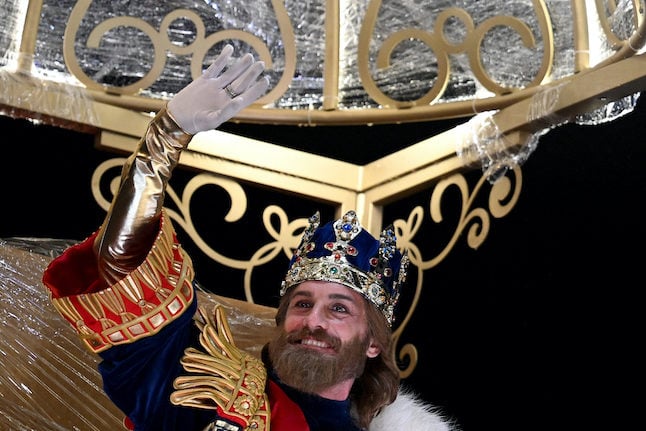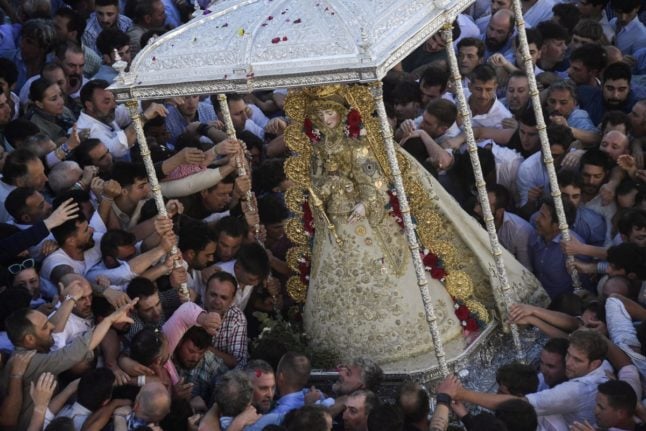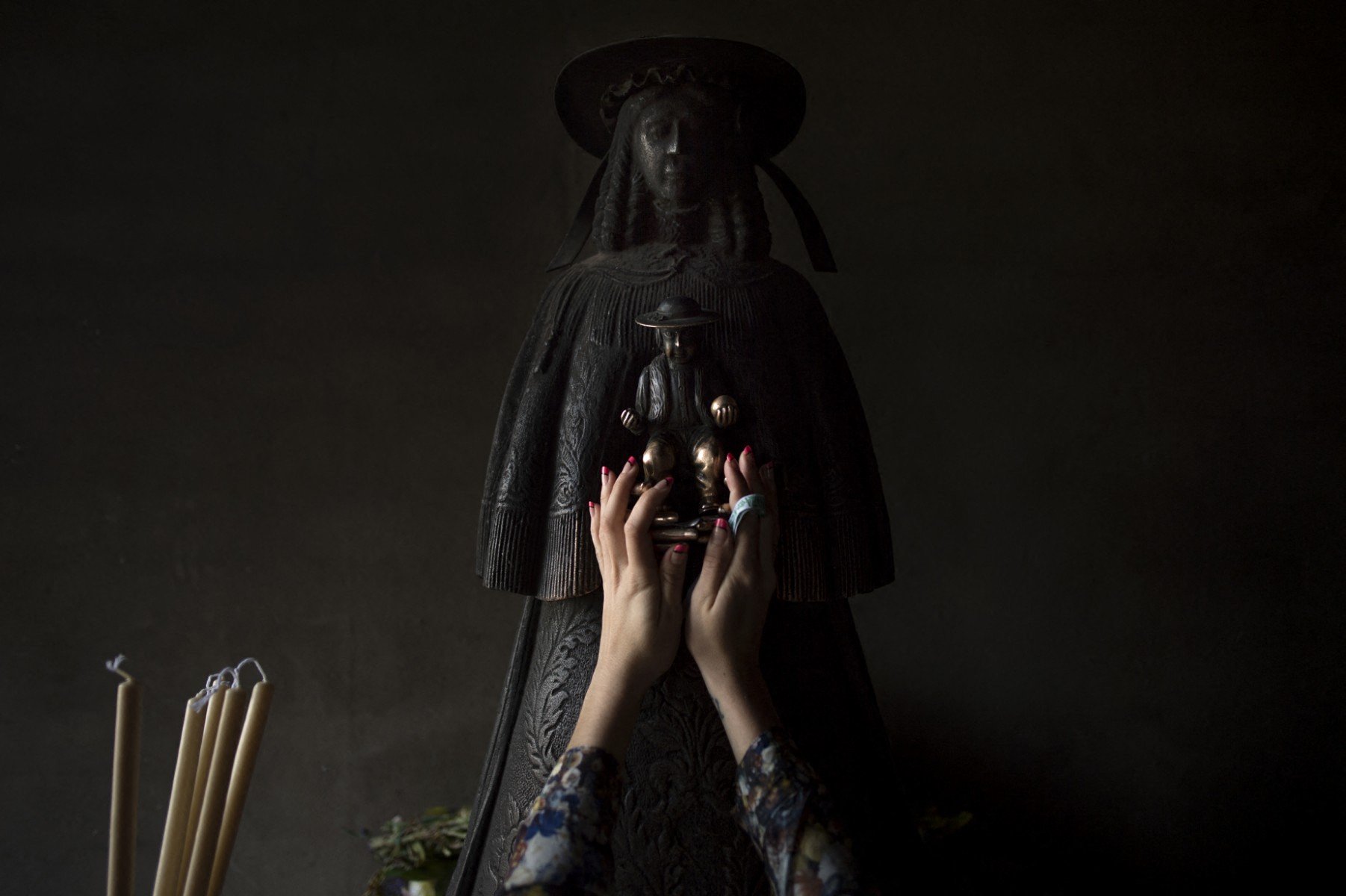On the evening of January 5th, many cities across Spain will transform into magical scenes when the Kings Gaspar, Melchior and Balthazar are welcomed with elaborate parades ready to distribute presents throughout the night.
Due to the pandemic, parades in most cities were cancelled in 2021 and events in 2022 were low-key or smaller than usual, so this year is the first time in the last couple of years that the processions will be back to normal.
Barcelona
The official kings’ toy factory has reopened this year in Barcelona and will open for visits until Wednesday, January 4th. It’s located at the old Fabra i Coats factory in the district of Sant Andreu and will delight children with displays of lights, colours and lots of magic. It’s open every night until the 4th from 5pm to 9pm.
The cabalgata or Kings’ parade will also be back on this year, albeit with slight changes to the route, due to road works taking place on Via Laietana. The kings will arrive at Portal de la Pau by boat at 4pm and will be welcomed by the mayor, before beginning the parade at 6pm. This year it will pass by Paseo de Colom and continue along Parallel before going along the Sant Pau ring road and Calle Urgell. It will end at the Magic Fountain of Montjuïc.
READ ALSO: Why Spain loves the Three Kings more than Santa
Madrid
During the morning of January 5th, there will be celebrations for children at Puerta del Sol, where 10,000 portions of Roscón de Reyes or Kings’ cake will be given out for free, along with mugs of hot chocolate.
The main parade will begin in the evening at 6:30pm from Plaza de San Juan de la Cruz. It will continue down Paseo de la Castellana to the Plaza de Cibeles, where they will arrive at 8:45pm to talk to the children of the city, before they head out to distribute their gifts.
Valencia
The traditional Reyes parade will return to Valencia this year after the cancellation of the 2021 edition and a change of venue to the Plaza del Toros in 2022. This year the parade will begin at 6pm when the kings arrive at the Puerto de la Marina. It will then continue down Paseo de la Alameda and pass along some of the most important streets in the city before ending at Calle Marqués de Sotelo. The kings will then address the public from the balcony of the town hall.
Like in Barcelona, Valencia also has a toy factory. This year it takes place in the Parque Central de Valencia until January 4th from 11am to 8:15pm each night.
San Sebastian
In San Sebastián, the kings will arrive at the Tabakalera Centre of Contemporary Culture on Plaza de las Cigarreras in the morning at 10:30am and talk the children of the city from the main balcony. They will then proceed to visit various neighbourhoods around the city including Plaza Sagastieder at 10:55am, Parque Harria de Altza at 11:25am, Plaza Maria Zambrano at 12:25pm, Plaza José María Sert at 1:25pm and finish up at the Ayuntamiento (town hall) at 2pm.
From 3:30pm until 5:30pm, children can go to the town hall to deliver their letters to the kings, as well as receive candy that will be given out for free. The main parade will begin at 6pm with a total of five floats and tour around the centre of the city, starting at ending at Boulevard.
Málaga
The kings are due to arrive at the Ayuntamiento (town hall) in Málaga at 5:30pm on January 5th and will begin their parade around the city at 6pm. The route will continue along Avenida de Cervantes, followed by Plaza General Torrijos, Paseo del Parque, Plaza de la Marina, Alameda Principal, Puente de Tetuán, Calle Nazareno del Paso, Calle Hilera, Puente de la Esperanza, Calle Prim, Calle Atarazanas, Calle Puerta del Mar, Alameda Principal, Plaza de la Marina and finally Cortina del Muelle. For the last part the Kings will continue on foot down Calle Molina Lario, until they reach the Plaza del Obispo, where they will bring their traditional offerings to the baby Jesus on the steps of the main door of the Cathedral.
Later, there will be a concert by the Orfeón Choir from the University of Málaga. Kids will be happy to know that the throwing of sweets will return this year and throughout the route there will be a total of 12,000 kilos of them.
Seville
After the suspension of the kings’ parade in 2021 and a smaller alternative one in 2022, the main traditional event in Seville will return in all its splendour in 2023. It will begin at 4:30pm when the kings will leave the old Fábrica de Tabacos and the procession will travel along some of the city’s most iconic streets and areas such as Feria, Trajano, Campana, Triana and los Remedios. It will end at 10pm when they reach Calle Palos de la Frontera and the University of Seville.
The kings will be accompanied by 33 carriages, seven musical bands and around 3,000 of their entourage. The parade will be around 1.5km long and last approximately 45 minutes.







 Please whitelist us to continue reading.
Please whitelist us to continue reading.
Member comments